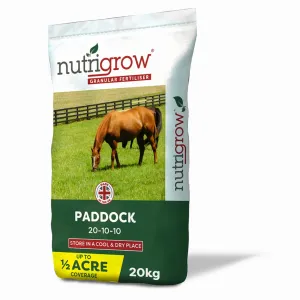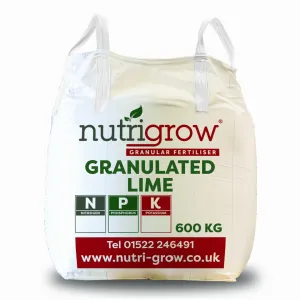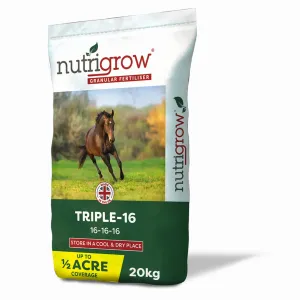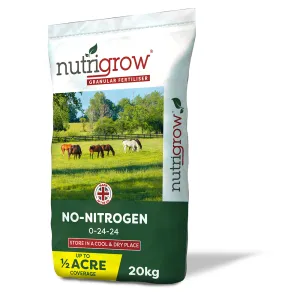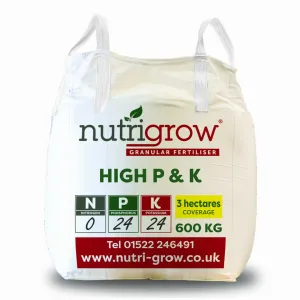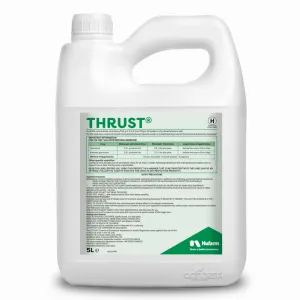There are several benefits to testing paddock soil:
General knowledge and awareness
A paddock soil analysis will return crucial nutrient information telling you precisely what your paddock soil pH is, and which macro and micronutrients are available in the soil.
Your soil analysis report will show you where any deficiencies exist and provide you with a recommendation for remediation. This information is critical in supporting optimum plant health and plant growth.
It is helpful to understand excess nutrient availability as much as nutrient deficiencies because some excesses (phosphorous for example) not only pose a concern for water quality, but can also lead to health problems for livestock grazing the fields.
Applying a general NPK fertiliser without conducting a soil test can also contribute to nutrient build up which could require corrective action in the future.
Application rates for nitrogen (N) are not based on soil testing because the need for nitrogen depends on many variables including the soil type, pasture yield goals, type of animals grazing the land, and so on.
Improved animal health
Having the right balance of nutrients in the soil will generate grass that contributes to the energy requirements of horses and may even help extend the grazing season.
Healthy pasture can support better animal performance, help you manage the purchase of feed more effectively and develop a comprehensive nutrient management programme.
Healthy grass should outperform weeds, some of which like Ragwort, can be dangerous for horses so it’s important to encourage healthy, weed-free grass growth.
The correct pH level in soil can also support the mineral nutrition of grazing horses.
Soil pH
We advise that paddock soil is kept with the range of 6.0 to 6.5 for grass swards, and 6.4 to 6.8 for legume-grass swards. The application of lime should always be based on the results of a soil test.
The right pH levels will help the grass withstand grazing stress but remember that soil type and texture need to be considered when applying lime to soil correctly. Lime should not be applied within 6-8 weeks of applying manure of any kind. Contact our technical team if you have any concerns about lime application.
Higher quality pasture
A low pH and mineral deficiencies can cause weak grass growth which in turn mean weeds and moss can get a hold. This means more time and investment in weed control may be required through the growing season.
Nutrients can impact how other nutrients are taken up, so it is important that the balance is right, and attention is paid to the quality of your paddock soil.
Cost saving
Without the knowledge of the status of your paddock soil, you may find yourself applying a general NPK fertiliser or too much fertiliser which could cost more than necessary.
Applying no fertiliser at all can lead to weaker grass which as we stated above will leave space for weeds to grow which can require attention later in the season.
Keep records of your soil’s nutrition levels to see how nutrient trends emerge over time. This will help build your understanding of soil health and make the process of remediation more efficient each year, ensuring you apply the correct fertiliser for your specific paddock.
How to sample paddock soil
- Once you have your testing kit, walk across the paddock in a ‘W’ configuration, collecting samples from various points along the way.
- Sample to the depth of the grass roots.
- Try and include a mix of soil from areas that are productive and underproductive to get a good representative sample.
- Mix the samples together in a bucket. Avoid using metal buckets or containers for mixing as some metals can contaminate trace element analyses.
- Fill the sample bags as instructed in your guide and post in the prepaid envelope.
Full instructions and tips are included in your testing guide, but if you have any concerns or questions, please don’t hesitate to get in touch with our specialist teams





